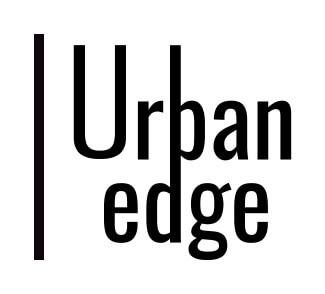Are you looking to streamline access for your employees or clients? If so, creating a Remote Web Access (RWA) login system could be the solution you need. RWA login allows users to securely access company resources and applications from anywhere with an internet connection. In this guide, we will explore the benefits of RWA login, how to set it up, and best practices for maximizing its efficiency.
Benefits of RWA Login
Enhanced Flexibility:
RWA login enables your employees to work remotely, increasing flexibility and productivity. Users can access company files and systems from any location, at any time.
Improved Security:
With RWA login, you can ensure that your data and resources are secure. The system typically includes authentication protocols and encryption to protect sensitive information.
Cost-Effective Solution:
Setting up an RWA login system eliminates the need for expensive VPNs or other remote access solutions. This can result in cost savings for your organization.
User-Friendly Interface:
RWA login systems are designed to be user-friendly, making it easy for employees to access the resources they need without extensive training.
Setting Up RWA Login
Step 1: Choose the Right Software
Select a reliable RWA login software that meets your organization’s needs in terms of security, scalability, and user experience.
Step 2: Configure Server Settings
Set up your server to enable remote access, ensuring that the necessary ports are open and the network is properly configured.
Step 3: Create User Accounts
Generate unique user accounts for each individual who will be accessing the system, assigning specific permissions as needed.
Step 4: Test the System
Before fully implementing RWA login, conduct thorough testing to ensure that all features are working correctly and that users can access resources seamlessly.
Best Practices for RWA Login
Enforce Strong Password Policies:
Require users to create complex passwords and change them regularly to enhance security.
Implement Two-Factor Authentication:
Add an extra layer of security by enabling two-factor authentication for RWA logins.
Monitor User Activity:
Regularly review user activity logs to detect any unauthorized access or suspicious behavior.
Provide Training:
Offer training sessions to educate users on how to securely access resources through the RWA login system.
Keep Software Updated:
Regularly update your RWA login software to patch any vulnerabilities and ensure optimal performance.
Frequently Asked Questions (FAQs)
1. What is Remote Web Access (RWA)?
Remote Web Access (RWA) is a technology that allows users to access company resources and applications from a remote location through a web browser.
2. How is RWA different from VPN?
While both RWA and VPN provide remote access, RWA is typically easier to set up and use for non-technical users. VPNs are often more complex and require additional software installation.
3. Is RWA login secure?
Yes, RWA login systems incorporate security features such as encryption and authentication protocols to ensure that data and resources are protected from unauthorized access.
4. Can RWA login be used on mobile devices?
Yes, most RWA login systems are compatible with mobile devices, allowing users to access company resources from smartphones or tablets.
5. Do all employees need RWA login credentials?
It is recommended to assign RWA login credentials only to employees who require remote access to company resources. This helps maintain security and control access.
In conclusion, implementing an RWA login system can greatly benefit your organization by enhancing flexibility, security, and cost-effectiveness. By following the steps outlined in this guide and adhering to best practices, you can ensure a smooth and secure remote access experience for your users.



